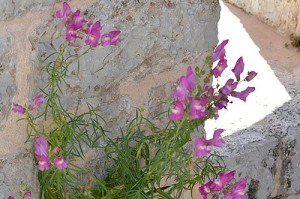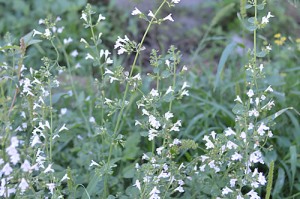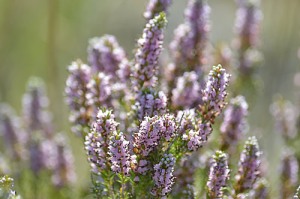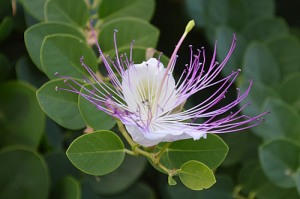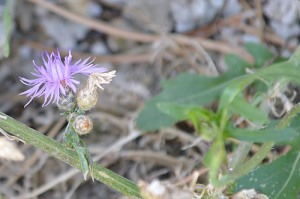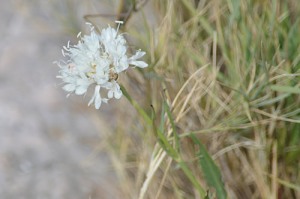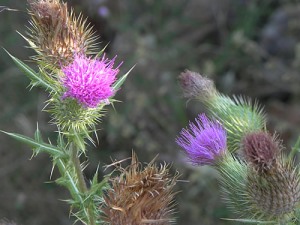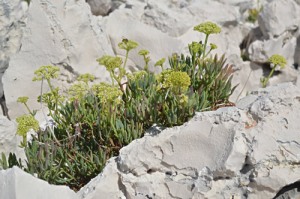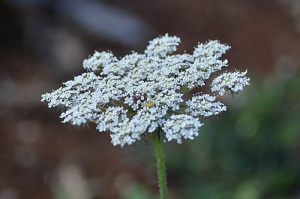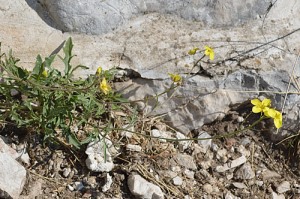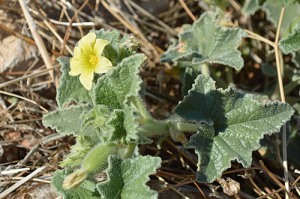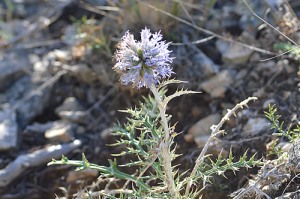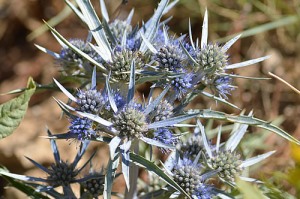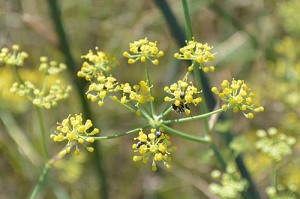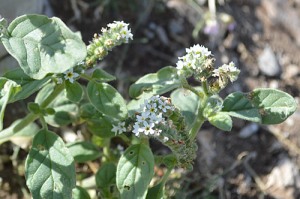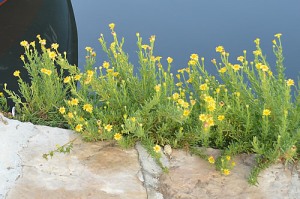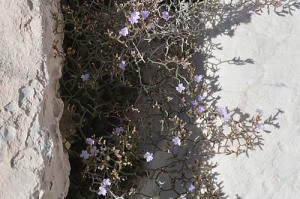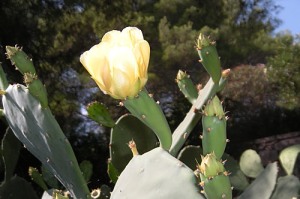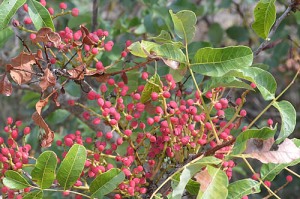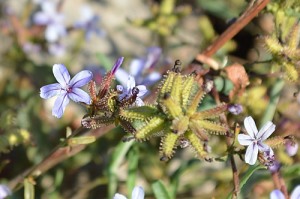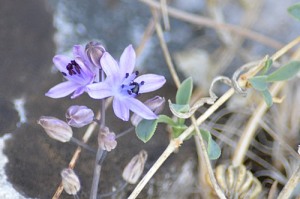-
Exclusive: Whistleblowers point to broader sewage scandal, with wastewater systems manipulated to divert sewage
Whistleblowers say UK water companies are knowingly failing to treat legally required amounts of sewage, and that some treatment works are manipulating wastewater systems to divert raw sewage away from the works and into rivers and seas.
It is well known that water companies are dumping large volumes of raw sewage into rivers and seas from storm overflows but an investigation by the Guardian and Watershed Investigations reveals that the industry’s “dirty secret” is bigger, broader and deeply systemic.
Continue reading...
-
Exclusive: Study released at Cop28 misused research to underestimate impact of cutting meat eating, say academics
A flagship UN report on livestock emissions is facing calls for retraction from two key experts it cited who say that the paper “seriously distorted” their work.
The UN Food and Agriculture Organization (FAO) misused their research to underestimate the potential of reduced meat intake to cut agricultural emissions, according to a letter sent to the FAO by the two academics, which the Guardian has seen.
Continue reading...
-
Superfund law requires industries responsible for PFOA and PFOS contamination in water or soil to pay for cleanup
The Environmental Protection Agency on Friday designated two forever chemicals that have been used in cookware, carpets and firefighting foams as hazardous substances, an action intended to ensure quicker cleanup of the toxic compounds and require industries and others responsible for contamination to pay for their removal.
Designation as a hazardous substance under the Superfund law does not ban the chemicals, known as PFOA and PFOS. But it requires that release of the chemicals into soil or water be reported to federal, state or tribal officials if it meets or exceeds certain levels. The EPA then may require cleanups to protect public health and recover costs that can reach tens of millions of dollars.
Continue reading...
-
Royal Horticultural Society hopes punters will be inspired by Salford winner of pub garden competition
Pub gardens often feature barren patios, characterless lawns and – worst of all – fake grass.
Now, the Royal Horticultural Society is asking landlords across the country to plant up their patios, saying they are full of untapped potential for urban green space and wildlife.
Continue reading...
-
More than 50% of the planet’s species live in the earth below our feet, but only a fraction have been identified – so far
Read more: No birdsong, no water in the creek, no beating wings: how a haven for nature fell silent
The sound of an earthworm is a distinctive rasping and scrunching. Ants sound like the soothing patter of rain. A passing, tunnelling vole makes a noise like a squeaky dog’s toy repeatedly being chewed.
On a spring day at Rothamsted Research, an agricultural research institution in Hertfordshire, singing skylarks and the M1 motorway are competing for the airways. But the attention here is on the soundscapes underfoot: a rich ecosystem with its own alien sounds. More than half of the planet’s species live in the soil, and we are just starting to tune into what they are up to. Beetle larvae, millipedes, centipedes and woodlice have other sound signatures, and scientists are trying to decipher which sounds come from which creatures.
Continue reading...
-
Experts celebrate discovery of secretive and endangered Australasian bittern in recently restored wetlands
The “bunyip bird” – named after a mythological river-lurking, human-eating monster – is as elusive as its namesake. Also known as the Australasian bittern, it is heard more often than it is seen.
It means that when bittern expert Geoff Shannon discovered the bird at Tasmania’s recently restored Lagoon of Islands – the first time it had been seen there in 40 years – it was a “very special moment”.
Continue reading...
-
Birdwatching may have started out as a hobby, but active volunteers are helping bridge data gaps of threatened species and reaping real world outcomes as they go
- Change by Degrees offers life hacks and sustainable living tips each Saturday to help reduce your household’s carbon footprint
- Got a question or tip for reducing household emissions? Email us at changebydegrees@theguardian.com
Sean Dooley first started birdwatching as a 10-year-old with a notebook in hand at a place then known as the “Seaford swamp”, a freshwater wetland beside his primary school in Melbourne’s south-east.
“I was just going out as a kid doing what I loved but recording the birds I saw as I did,” he says. On one of his early visits he met another birdwatcher, Mike Carter, who had been recording birds there and also at nearby Edithvale swamp for some years.
Continue reading...
-
Dead and dying shrubs and trees – some of which are found nowhere else on Earth – line more than 1,000km across the state’s south-west
A couple of weeks ago, Joe Fontaine stood in the middle of one of Western Australia’s eucalypt forests on another hot and dry day that was stripped of the usually raucous backing-track of bird calls.
“I could hear this scratching-crunching noise coming from the trees,” says Fontaine, a forest ecologist at Perth’s Murdoch University.
Sign up for Guardian Australia’s free morning and afternoon email newsletters for your daily news roundup
Continue reading...
-
On the banks of the River Roding, authors explain how they are putting the concept of ‘wild service’ into practice
It is a call to action that might just be the founding text for a new environmentalism. A forthcoming book by a diverse band of right to roam campaigners offers a radical new vision of how people can repair both the natural world and their broken relationship to it.
Wild Service: Why Nature Needs You, inspired by the rare wild service tree, calls on communities to develop new relationships with the natural world, combining the hard graft of conservation science with the ceremony, gratitude and fun bound up in festivals, Indigenous traditions and even church services.
Continue reading...
-
In 2002, high explosives were laid in oil wells across 20 sq km of forest. The firm has gone but the pentolite remains, despite a court ruling, putting lives and the ecosystem at risk
Living on the banks of the Bobonaza River, in the Ecuadorian Amazon, the Indigenous communities in Sarayaku have always lived in harmony with nature. The rainforest, says Patricia Gualinga, is a sacred, conscious being.
So when an Argentinian company was allowed to place a huge amount of high explosive around the rainforest to prospect for oil, the local Kichwa people fought back and eventually took their case to an international court. More than a decade after winning their legal battle, however, the explosives remain strewn around the community’s territory.
Continue reading...




